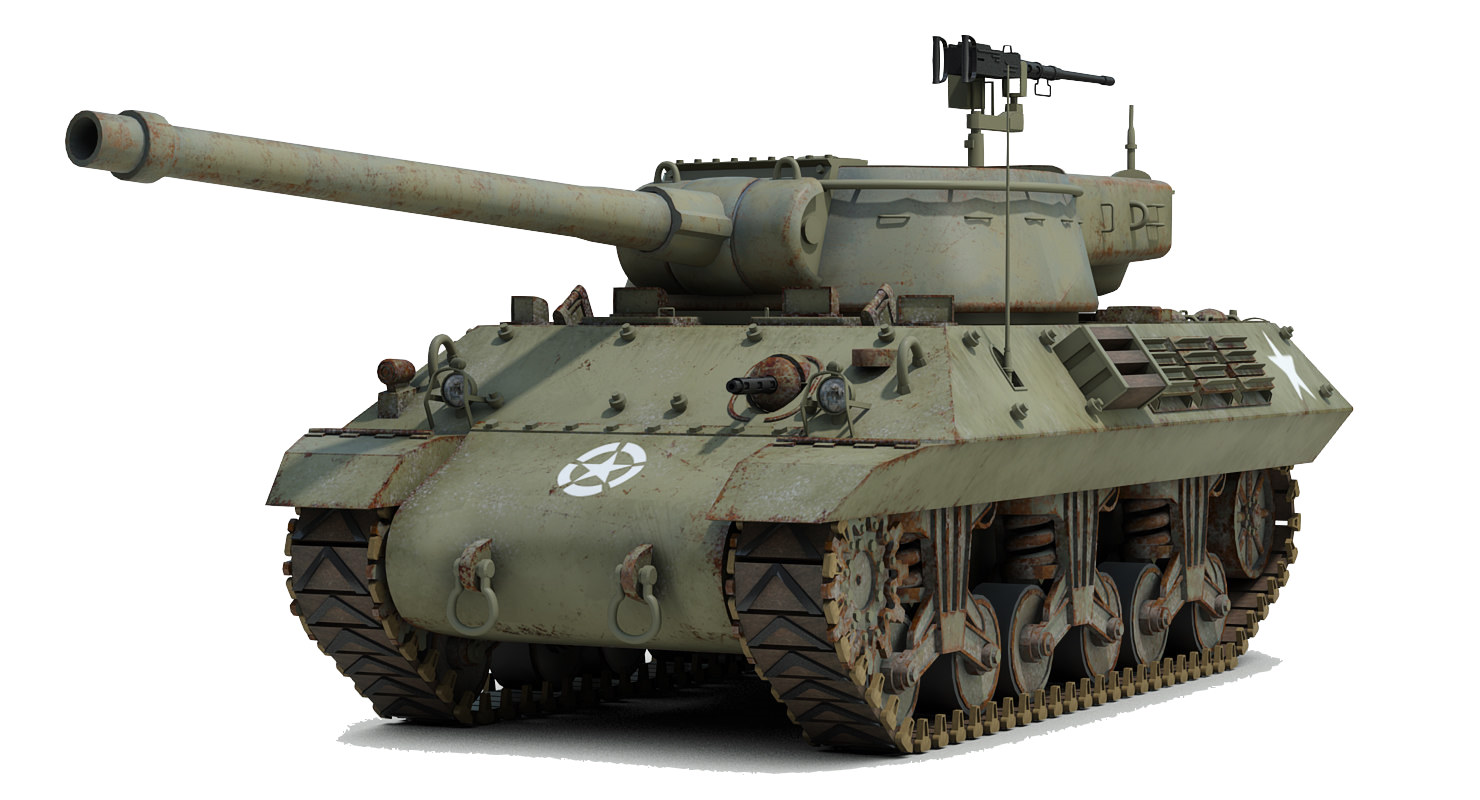


WHAT’S
NEW
"Hold At All Costs"
By Don Smart
History of the Tank Destroyer Forces
World War II Tank Destroyer Society
This site developed
courtesy of
MicroRAP
Software & Systems
This page last updated
04/18/2024

|
|
AIR MEDAL
|
1. Criteria: The Air Medal is awarded to any person who, while serving in any capacity in or with the armed forces of the United States, shall have distinguished himself by meritorious achievement while participating in aerial flight. Awards may be made to recognize single acts of merit or heroism or for meritorious service. Award of the Air Medal is primarily intended to recognize those personnel who are on current crew member or non-crew member flying status which requires them to participate in aerial flight on a regular and frequent basis in the performance of their primary duties. However, it may also be awarded to certain other individuals whose combat duties require regular and frequent flying in other than a passenger status or individuals who perform a particularly noteworthy act while performing the function of a crew member but who are not on flying status. These individuals must make a discernible contribution to the operational land combat mission or to the mission of the aircraft in flight. Examples of personnel whose combat duties require them to fly include those in the attack elements of units involved in air-land assaults against an armed enemy and those directly involved in airborne command and control of combat operations. Involvement in such activities, normally at the brigade/group level and below, serves only to establish eligibility for award of the Air Medal; the degree of heroism, meritorious achievement or exemplary service determines who should receive the award. Awards will not be made to individuals who use air transportation solely for the purpose of moving from point to point in a combat zone.
2. Description: A bronze compass rose 1 11/16 inches circumscribing diameter and charged with an eagle volant carrying two lightning flashes in its talons. A fleur-de-lis at the top point holds the suspension ring. The points of the compass rose on the reverse are modeled with the central portion plain for engraving the name of the recipient.
3. Ribbon: The ribbon is 1 3/8 inches wide and consists of the following stripes: 1/8 inch ultramarine blue 67118; ¼ inch golden orange 67109; center 5/8 inch ultramarine blue; ¼ inch golden orange; and 1/8 inch ultramarine blue.
4. Components: The following are authorized components of the Air Medal and the applicable specifications for each:
a. Decoration (regular size): MIL-D-3943/23. NSN for decoration set is 8455-00-269-5747. For replacement medal NSN 8455-00-246-3837.
b. Decoration (miniature size): MIL-D-3943/23. NSN 8455-00-996-5002.
c. Ribbon: MIL-R-11589/7. NSN 8455-00-252-9963.
d. Lapel Button: MIL-L-11484/17. NSN 8455-00-257-4308.
5. Background: a. In a letter from the Secretary of War to the Director, Bureau of Budget, dated 9 March 1942, the Secretary submitted a proposed executive order establishing the Air Medal for award to any person who, while serving in any capacity of the Army of the United States, distinguishes himself by meritorious achievement while participating in an aerial flight The Secretary of War, in his request, stated "The Distinguished Flying Cross is available only for heroism or extraordinary achievement while participating in aerial flight…It is desired not to cheapen the Distinguished Flying Cross by awarding it for achievement not bordering on the heroic. It is, however, important to reward personnel for meritorious service."
b. The Air Medal was authorized by President Roosevelt by Executive Order 9158, dated 11 May 1942, and established the award for "any person who, while serving in any capacity in the Army, Navy, Marine Corps or Coast Guard of the United States subsequent to September 8, 1939, distinguishes, or has distinguished, himself by meritorious achievement while participating in an aerial flight." Authorization was announced in War Department Bulletin No. 25, dated 25 May 1942. Executive Order 9242-A, dated 11 September 1942 amended the previous Executive Order to read "in any capacity in or with the Army".
c. In July 1942, the Office of The Quartermaster General (OQMG), forwarded a letter to twenty-two artists offering an opportunity to submit designs for consideration. The design selected was submitted by Walker Hancock and approved by the Secretary of War on 31 December 1942. The designer, Walker Hancock, had been inducted into the Army and assigned to Camp Livingston, Louisiana. He was ordered to temporary duty effective 16 November 1942 to G1 War Department to work on the medal. The Chief of Staff approved the ribbon design prepared by OQMG on 26 August 1942.
d. Oak leaf clusters were initially used to denote subsequent awards of the Air Medal. The number of additional awards were so great that the oak leaf clusters did not fit on the ribbon. As a result, the policy was changed in September 1968 to require the use of numbers to indicate subsequent awards of the Air Medal.
e. The Air Medal may be awarded for service during peacetime; however, approval authority for peacetime awards is not delegated to field commanders.
f. Order of precedence and wear of decorations is contained in Army Regulation (AR) 670-1. Policy for awards, approving authority, supply, and issue of decorations is contained in AR 600-8-22.
(pdf format)
(pdf format)
(pdf format)
